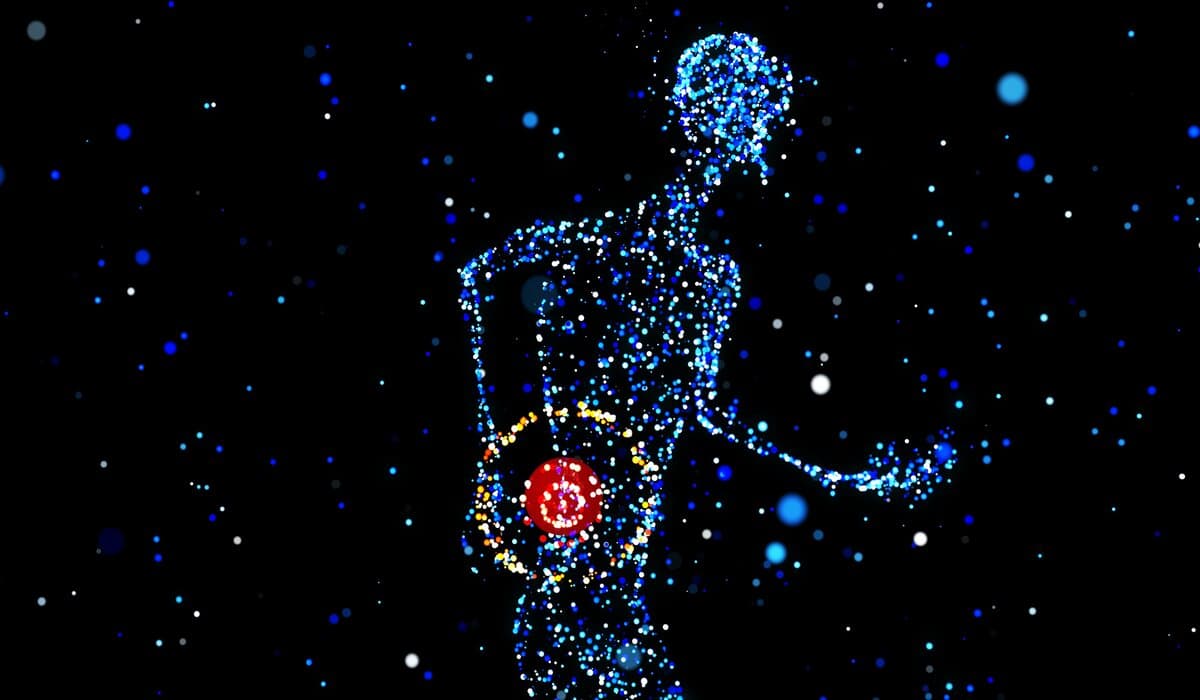Table of Contents
Back pain, which affects about one- fourth of adults in the United States, includes everything from dull and achy pain, to sharp and severe pain. It ranges from uncomfortable to completely debilitating, from short term to lifelong.
What are the risk factors for back pain?
Age: Back pain is more common among older adults. For most people, the first instance of back pain occurs between the ages of 30 and 40.
Physical activity and diet: Strong abdominal and back muscles provide support for the spine. Moreover, Without this support, people who are not in shape are more likely to experience back pain. Those who are overweight are less likely to do regular exercise and therefore more likely to suffer from back pain.
Occupation: People who do a lot of heavy lifting or pushing on a daily basis are more at risk for pain, both chronic and acute. Those with physical jobs put more stress on their spine and surrounding muscles, and are at increased risk for injury.
What are the causes of back pain?
Mechanic: A mechanical back problem is an abnormality with the way the spine moves. Additionally, The most common mechanical cause of back pain is invertebral disk degeneration- a condition where the cartilage between the vertebrae break down, usually with age. Injuries: Injuries to the spine, like a sprain, can cause back pain. These sprains are often the result of improper lifting or twisting
Acquired conditions: Medical conditions that affect the spine and back muscles can often lead to back pain. Common examples of these conditions are
- Scoliosis, a curvature of the spine
- Arthritis and rheumatoid arthritis
- Spondylolisthesis, the shifting of the vertebrae
- Spinal stenosis, the narrowing of the spinal column
- Kidney stone and kidney infections
- Endometriosis
- Fibromyalgia
Infection and tumours: Though rare, infections and tumours can cause back pain if they are near the spine.
How can back pain be prevented?
The most important factor in preventing back pain is maintaining a healthy exercise regime. Exercise that improves balance and flexibility, like yoga and tai chi, in addition to strength training ensure that the muscles surrounding the spine help to keep the back healthy.
All bones, not just the spine, need a diet rich with calcium and Vitamin D. Calcium is not produced in the body. So, Calcium D must be included in a balanced diet. Good sources of calcium include milk, yogurt, cheese and leafy green vegetables. Further, Vitamin D is necessary for the calcium to be properly absorbed in to the body.
Practising safe techniques when lifting or twisting can help to prevent injuries.
How is back pain treated?
Treatment for back pain varies, depending upon the causes of the pain.
Acute back pain, back pain that comes quickly and suddenly, does not typically require treatment. Over the counter pain medications and the most effective pain patches can help to alleviate some of the pain, and it is recommended that you get up and move around as much as possible. Long term, or chronic back pain may require medical intervention, sometimes even surgery.
Nonsurgical Treatments
There are many nonsurgical treatments for back pain, many of which can be done at home.
- Further, Hot or cold packs can help ease some back pain. Heat improves the circulation of blood, while cold reduced inflammation.
- Exercise- it is important to move around when experiencing back pain, even if it is uncomfortable to do so. Moreover, Stretching and aerobic exercises can improve the strength, range of motion and flexibility of the spine and the surrounding muscles.
- Over the counter and prescription pain medication may be helpful to reduce back pain. Additionally, These meds may make exercising, an important factor in treating pain, more tolerable. Though nerve block injections can themselves be painful, they do offer relief for chronic sufferers.
Surgical Treatments
For some causes of back pain, surgery is one possible solution. Lastly, Surgery is often only considered after other treatments have been tried unsuccessfully. Some conditions that may require surgery are:
- Herniated disks
- Spinal stenosis
- Spondylolisthesis
- Fractures of the vertebrae
- Degenerative disk disease
Photo by julien Tromeur on Unsplash


